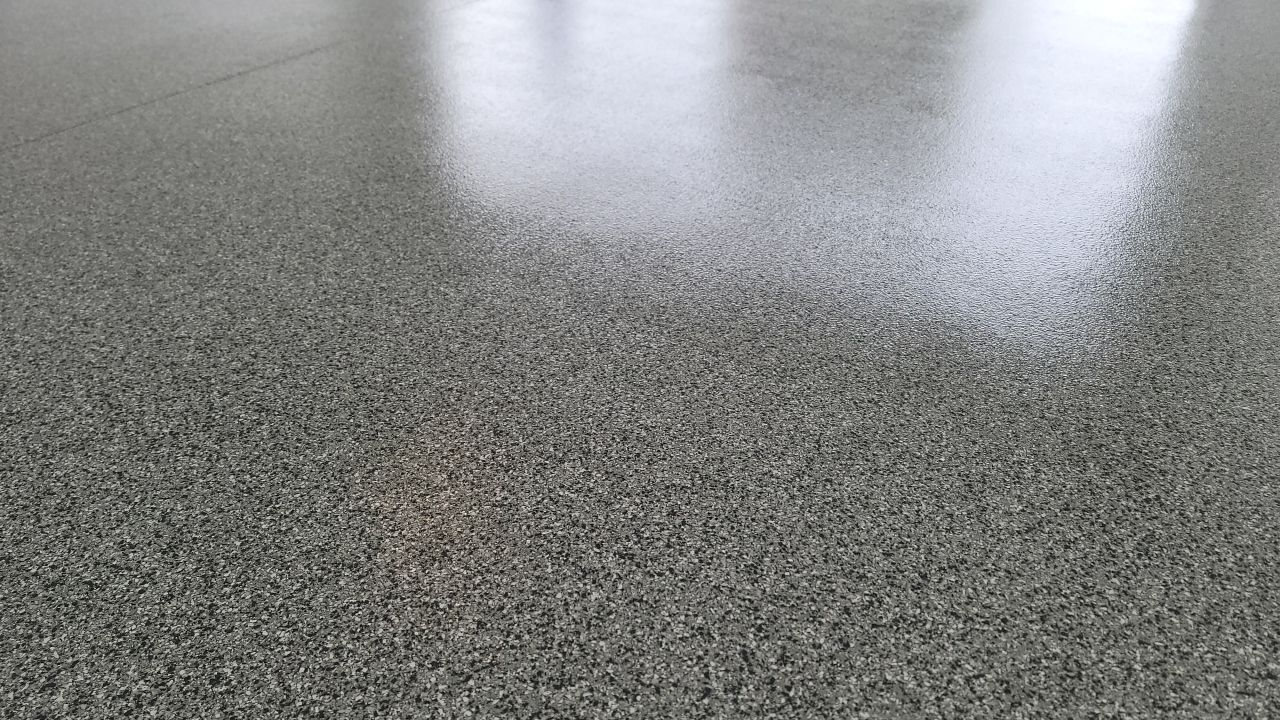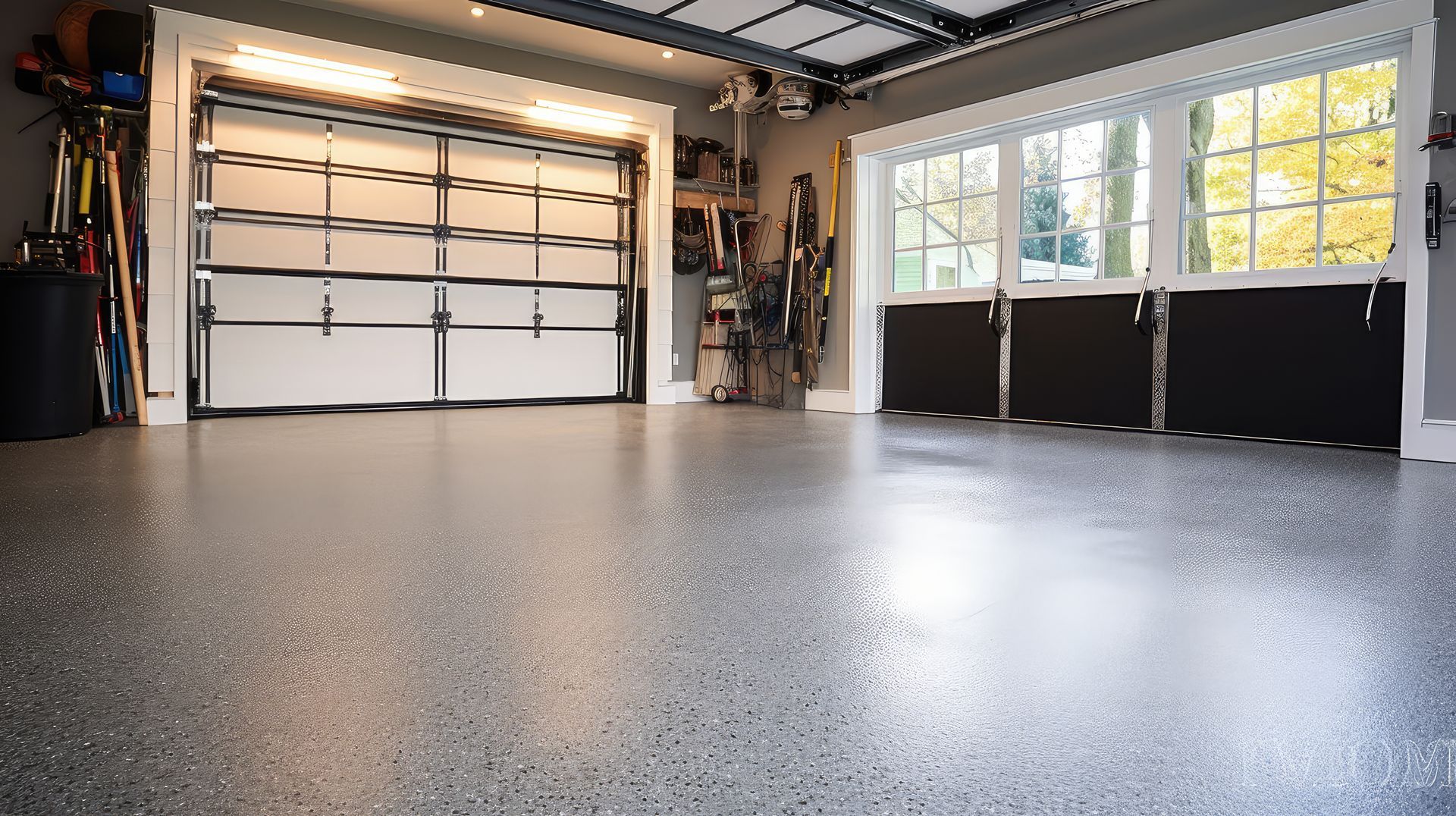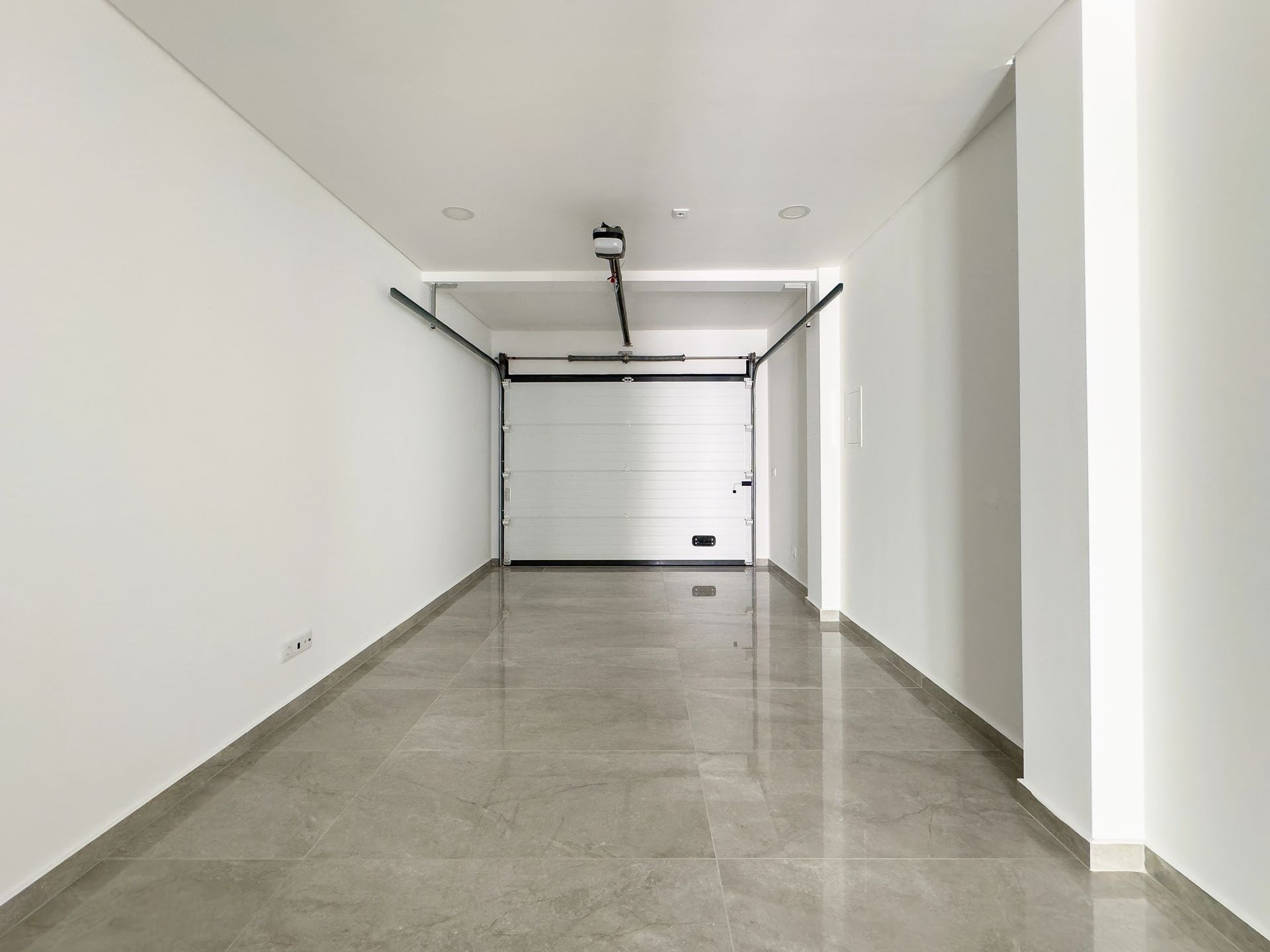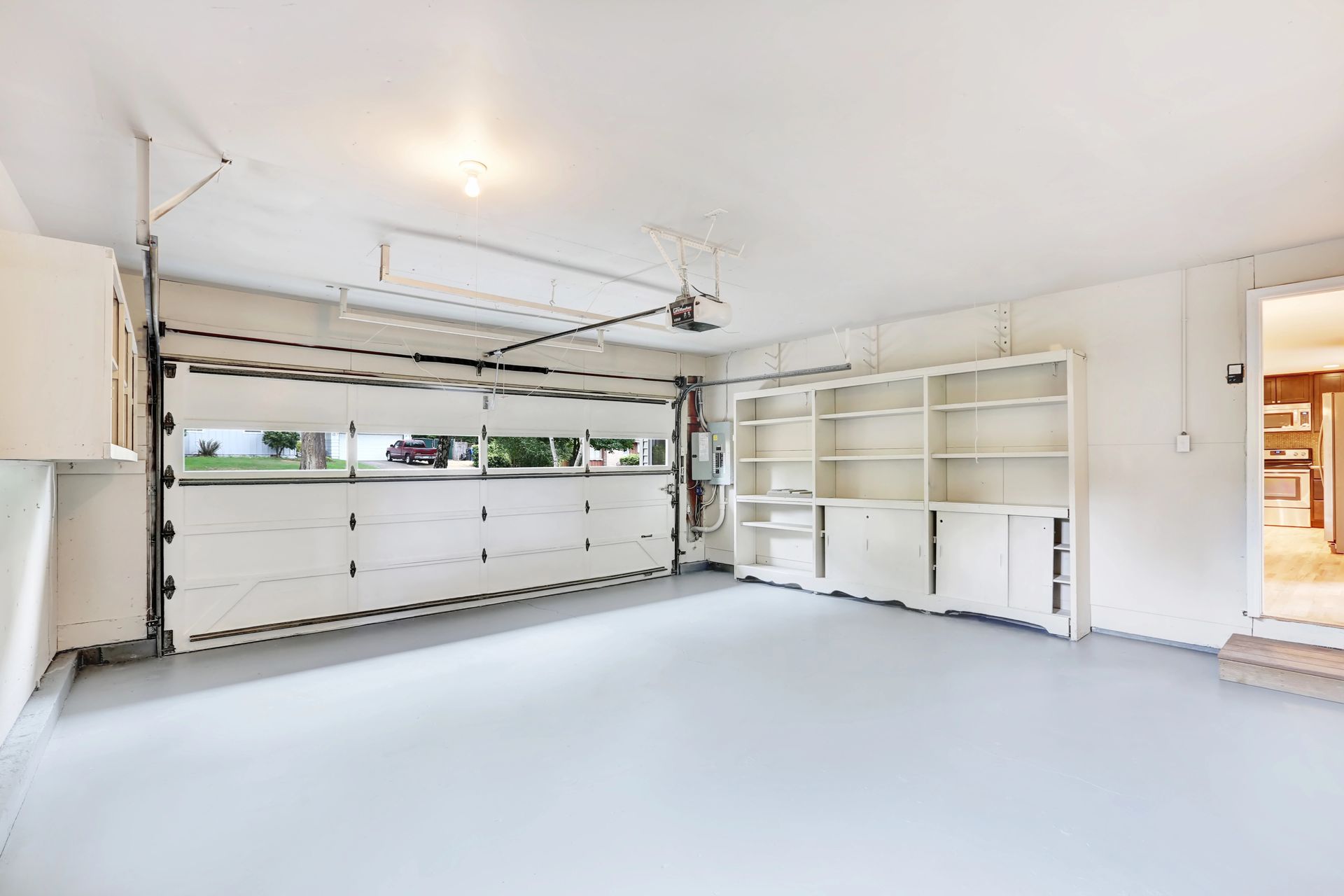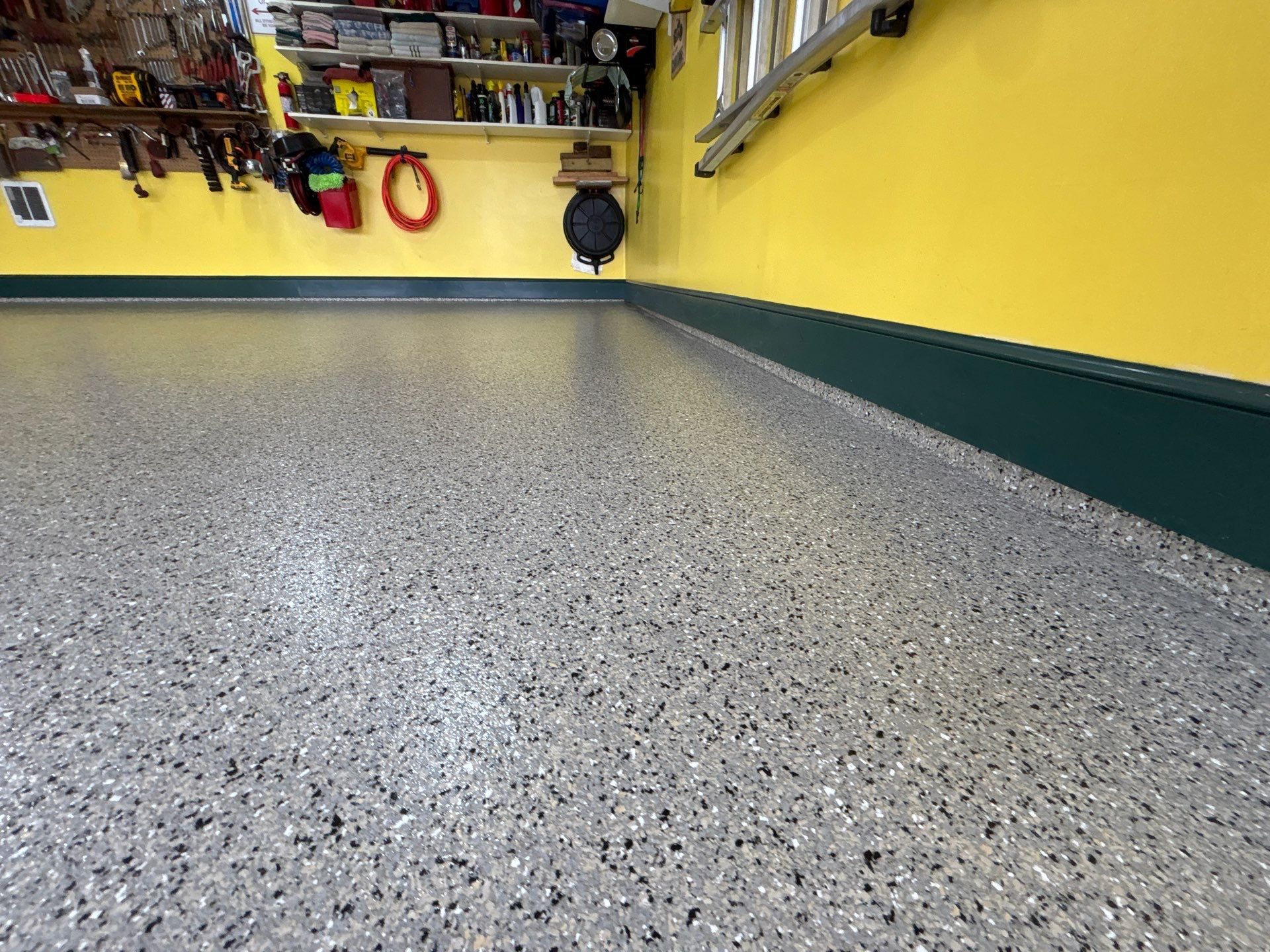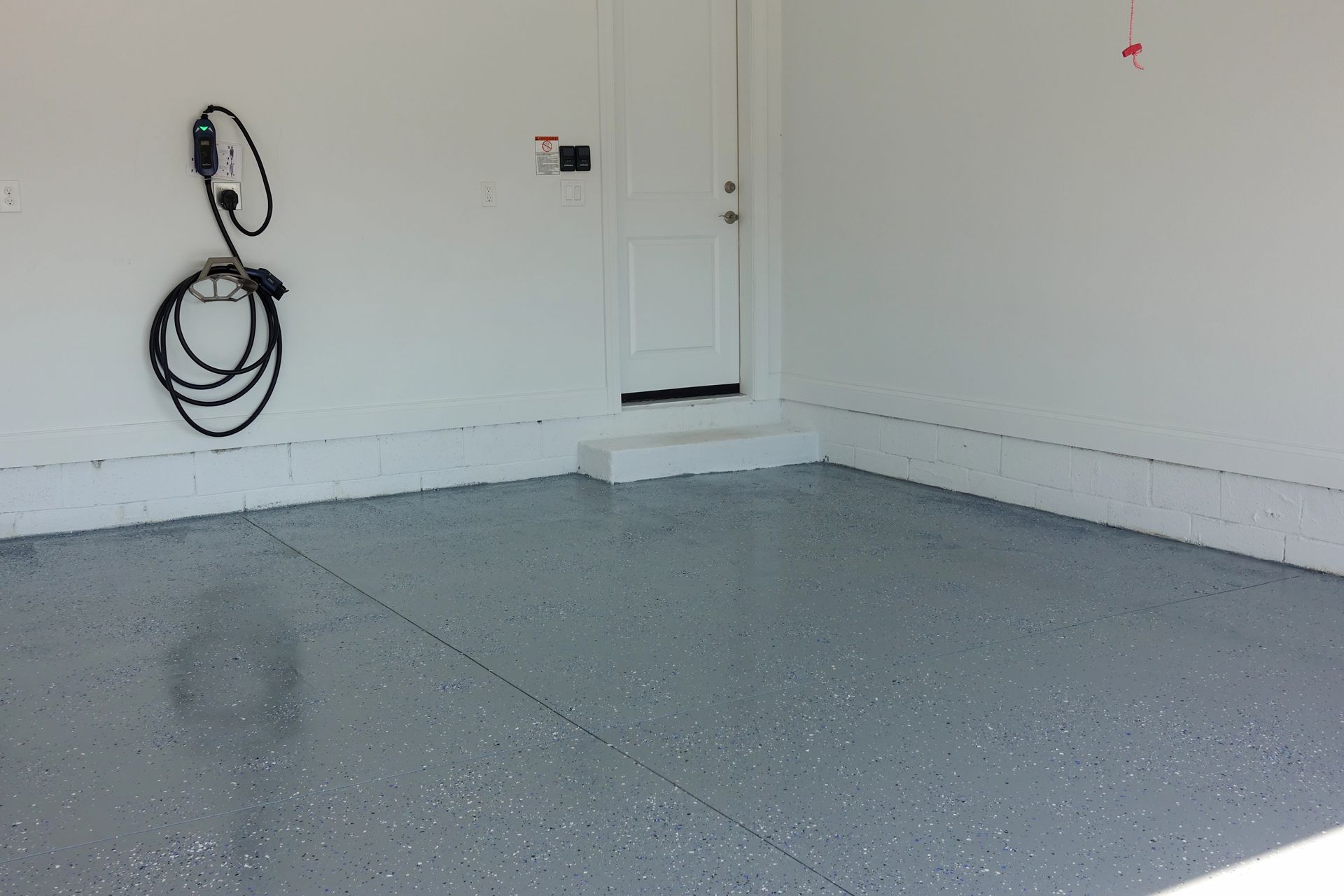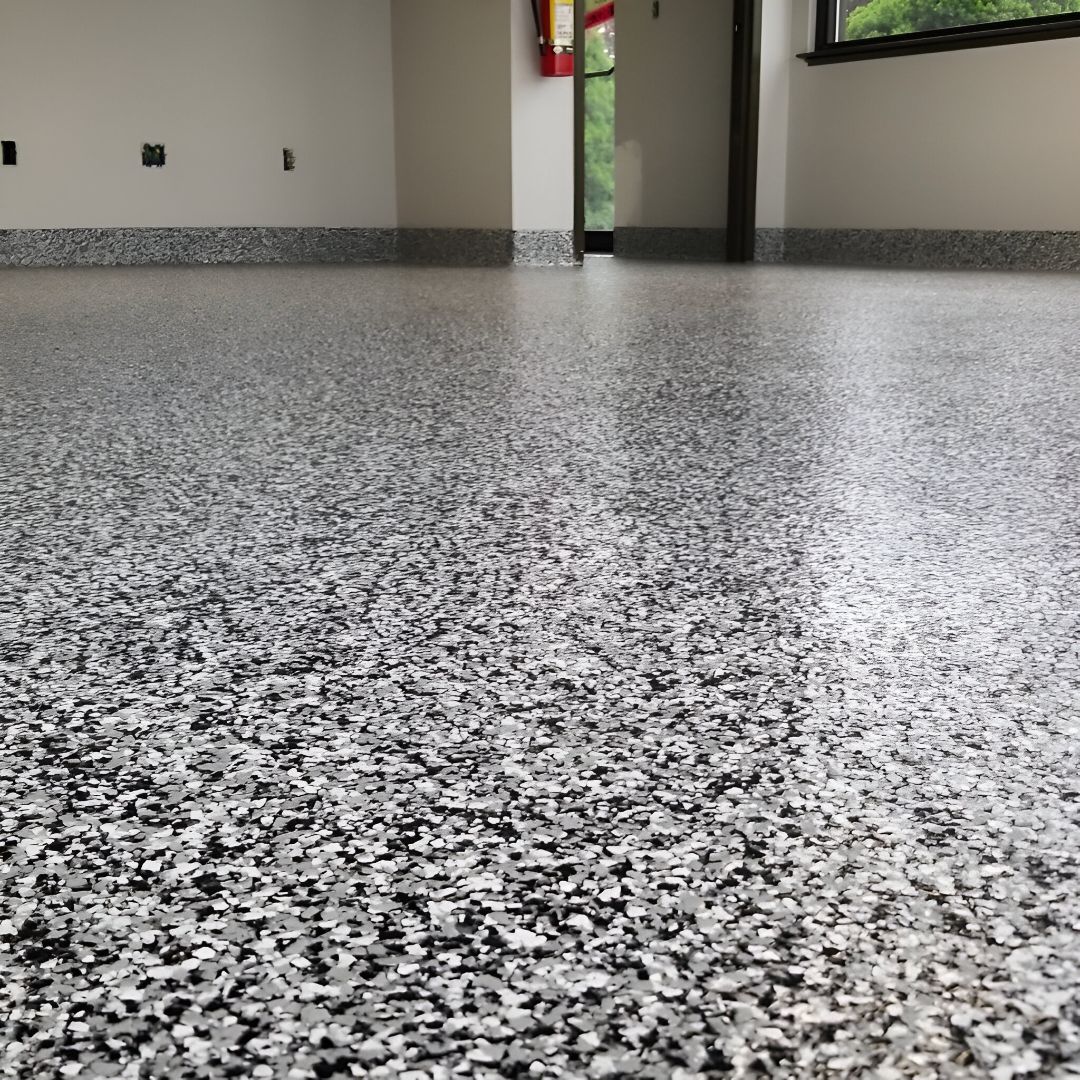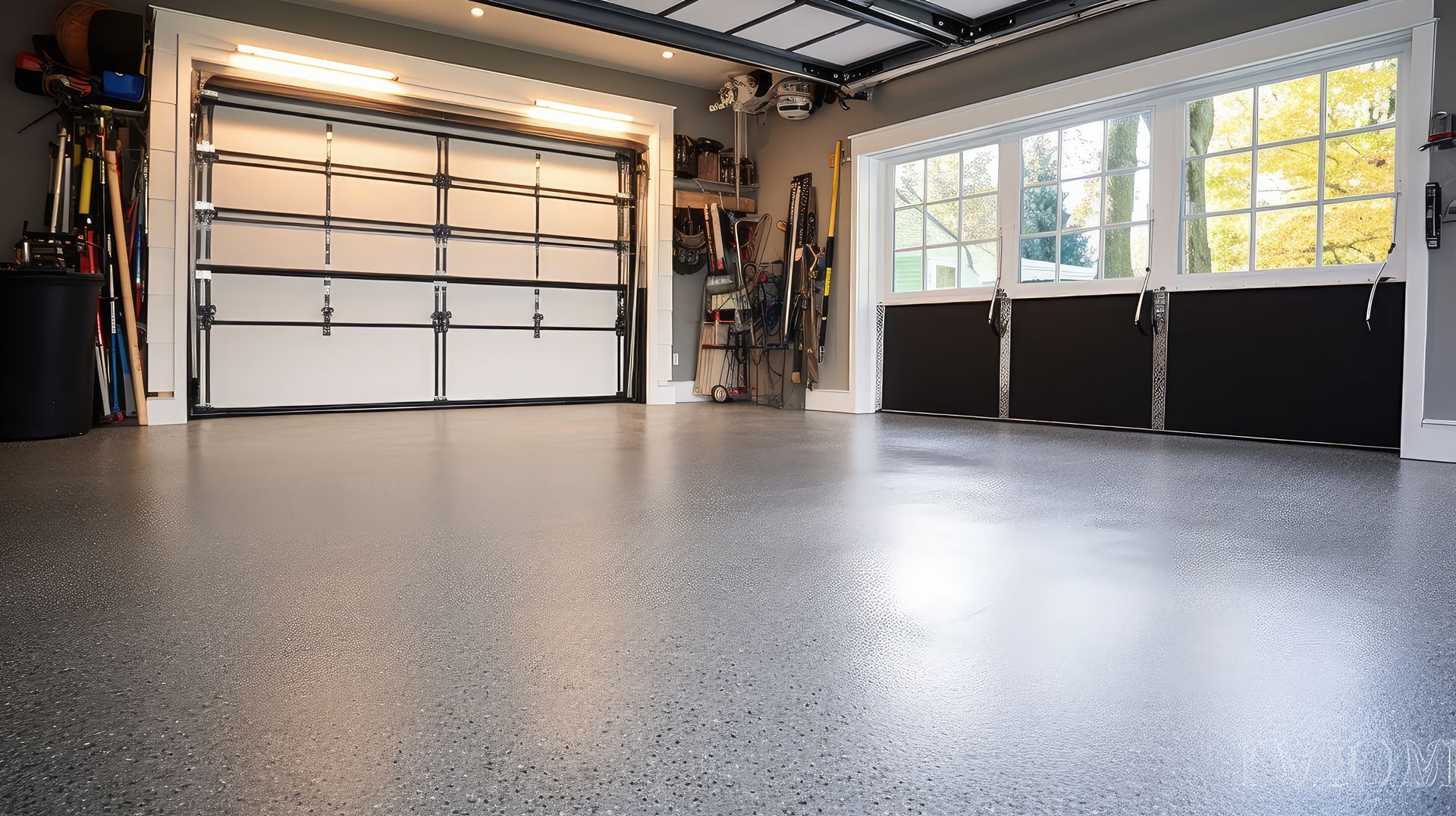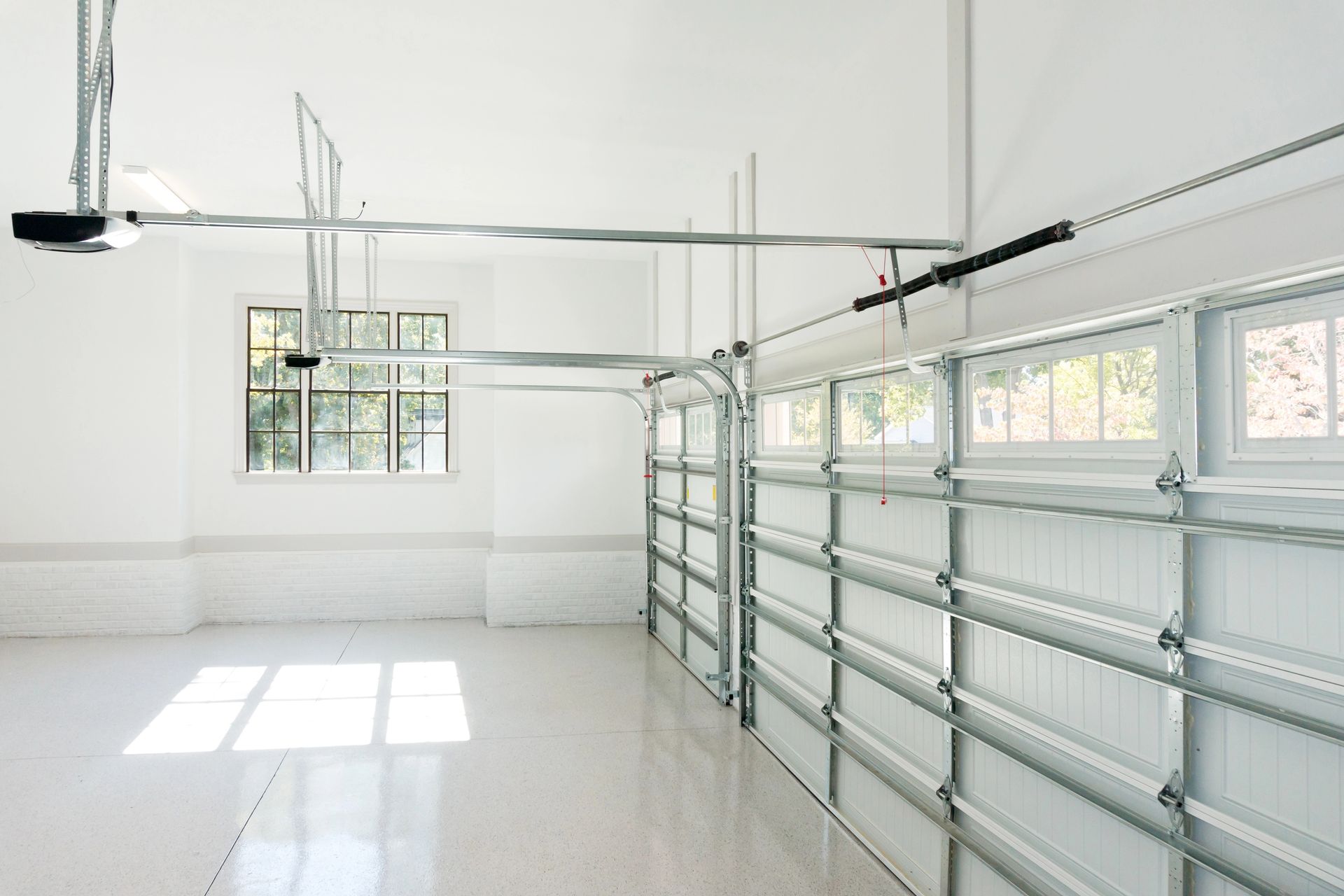The Complete Maintenance Guide for Your Epoxy or Polyurea Garage Floor
Key Takeaways
- Keep grit off the surface, clean with a pH-neutral solution, and squeegee winter meltwater—simple habits that dramatically extend coating life.
- For Pennsylvania’s salt and temperature swings, a professionally installed polyurea system paired with basic care delivers the most durable, low-maintenance result.
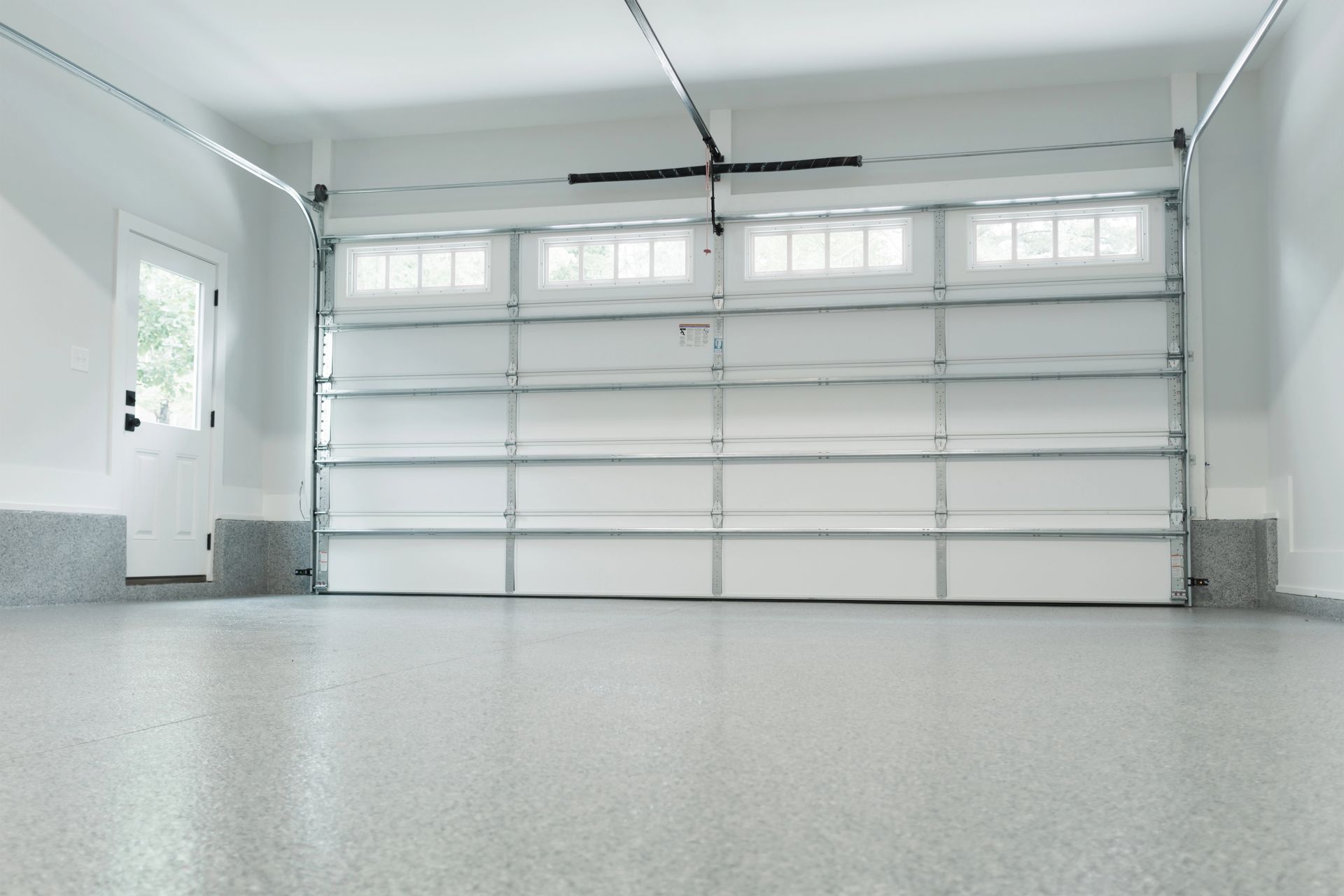
A good coating should make your garage easier to live with, not add chores. Whether your floor is epoxy or polyurea, the routine is simple: keep grit off the surface, clean spills promptly, and avoid harsh chemicals. The tips below focus on quick habits that protect the finish and keep the floor looking new without turning maintenance into a project.
What You’ll Need (Basics Only)
- Soft-bristle push broom or dust mop
- pH-neutral floor cleaner (dilutable)
- Bucket and microfiber mop (or deck mop)
- Rubber squeegee (optional, speeds drying)
- A few absorbent shop towels
That’s it—no specialty products for day-to-day care.
Your Simple Routine
After dusty tasks or once a week:
Sweep or dust-mop to remove sand, salt, and metal shavings. Grit is what scuffs topcoats over time.
Monthly or after big messes:
Mop with warm water and a pH-neutral cleaner. Wring the mop well; you want a damp, not soaked, pass. For heavy soil, make two light passes instead of one soapy one, then rinse with clean water and squeegee dry.
Spills—right away:
Oil, coolant, brake fluid, and household chemicals won’t instantly ruin a quality coating, but the faster you wipe, the less chance of staining. Blot first, then clean with neutral cleaner. Avoid abrasive powders.
Stain & Spot Treatment
- Tire marks: A dab of neutral cleaner on a microfiber towel, light pressure. For stubborn transfers, a citrus-based cleaner used sparingly can help—test in a corner first.
- Rust rings (under damp tools/cans): White vinegar on a towel, short contact time, then rinse thoroughly and neutral-clean.
- Grease/oil films: Warm water + a drop of dish soap, then rinse with plain water. Don’t leave soapy residue—it attracts dirt.
Seasonal Care: Pennsylvania Winters
Road salt and slush are coating enemies only when they’re allowed to sit. In winter, lay down a garage containment mat or squeegee meltwater toward the door every few days. Rinse mats outside. A quick mid-season mop prevents salt crystals from drying on the surface. Polyurea systems handle chemical exposure well, but the “no sitting puddles” rule still applies.
Protection from Jack Stands, Tools, and Storage
- Jack stands & kickstands: Place rubber pads or plywood squares under point loads.
- Rolling toolboxes & snow blowers: Keep wheels clean; a quick wipe removes grit that could leave faint trails.
- Work zones: A lightweight runner or mat under a bench catches screws, solvents, and metal dust before they hit the floor.
Things to Avoid
- Harsh solvents and strippers (methylene chloride, lacquer thinner) on the floor—spot test and use only if we’ve advised it.
- Abrasive cleaners or steel wool, which can dull the topcoat.
- Pressure washer at close range; it can drive water into joints. A garden hose rinse is safer.
- Gritty driveway sealers tracked in—wipe tires after driveway work.
When (and Whether) to Recoat
Quality epoxy systems sometimes need a new topcoat after years of heavy abrasion; polyurea with a polyaspartic topcoat is built for longer intervals under normal residential use. If you notice widespread dullness that cleaning won’t fix—or if you want to change flake color/texture—ask us to assess. We’ll tell you if a simple topcoat refresh will restore gloss or if targeted touch-ups are better value. Epoxy, polyurea, and polyaspartic all have pros and cons—we’ll recommend the best fit for your garage during a free, no-obligation estimate (and you can preview options on our garage floor coatings page).
Troubleshooting Quick Answers
- Light haze after mopping? Too much soap. Rinse with clean water and squeegee.
- Persistent slick spot? Likely a film from silicone tire shine. Clean twice with neutral cleaner; avoid silicone near the floor.
- Dull traffic lane? Try a thorough clean first. If gloss doesn’t return, it’s normal wear—ask about a maintenance topcoat.
- Small chip at a dropped edge? Save the flake color name if you have it. Minor touch-ups are straightforward.
Built for PA Garages
Our region’s freeze-thaw cycles, summer humidity, and road-salt runoff are exactly why homeowners here choose systems that flex with concrete and resist chemical intrusion. Polyurea handles those swings well, and paired with basic care—sweeping, neutral cleaner, winter squeegee—it keeps its finish season after season. If you’re deciding between materials, our overview of the differences between epoxy, polyurea, and polyaspartic can help—and we’re happy to tailor a recommendation to your slab and usage during your estimate.
Frequently Asked Questions
How often should I deep clean?
Most homes do well with a quick sweep weekly and a mop monthly. Busy shops or winter months may need an extra mid-month clean.
Can I use a degreaser?
Use a mild, water-based degreaser sparingly and rinse well. Avoid highly caustic or petroleum-heavy products.
Do I need to wax or polish the floor?
No. Waxes can create slippery films and attract dirt. A clean, neutral wash preserves the intended traction and gloss.
Will hot tires damage the coating?
Pro-installed systems with proper prep are designed to resist hot-tire pickup. Keeping the floor clean helps, since rubber transfers bond to dirt more than to a clean topcoat.
What about snow chains or studded tires?
They’re fine for occasional use—just sweep up grit promptly and avoid spinning in place.
Closing Thoughts
Great floors are low-maintenance by design. A few simple habits—sweep grit, clean spills, neutral-mop, and protect against point loads—will keep your epoxy or polyurea surface looking new for years. If you ever want a quick checkup, a color refresh, or a pro opinion on whether a maintenance topcoat makes sense, we’re a message away.


